Global Architecture Firm HOK Wants to Redesign Cities for Driverless Cars
【Summary】In the US, HOK is responsible for building the Mercedes-Benz Stadium in Atlanta, Georgia, which is also the first LEED Platinum certified stadium in the country.
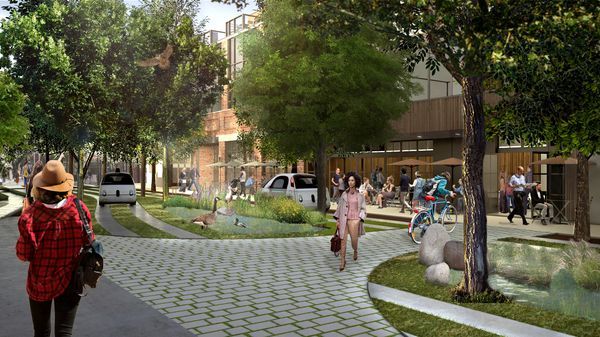
What will cities look like when self-driving cars (inevitably) take over the road?
Read on to learn about HOK's innovative plans to integrate autonomous vehicles with sustainable cities.
New Designs for Modern Times
HOK designers looked to nature and the public for inspiration during phases of conceptualization. Based on the firm's drawings, it is clear that driverless cars must be safe enough to operate around crowds and trees. The designs revamp existing, unused street space into functional, urban forests. Autonomous cars will be able to pass through with ease, which leads to the other side of the block.
At the moment, the concepts still lack crucial details. For instance, emergency vehicles do not have a proper way to pass through paths and common streets filled with landscapes. Additionally, the sketches do not make use of overpasses to reduce congestion on sidewalks and busy intersections.
This level of integration can be daunting for pedestrians. Other, less futuristic designs from urban planners address driverless cars by providing a dedicated lane on the road. It is likely that such designs, which are less costly and easier to implement, will be introduced first, as immediate measures to reduce confusion on roadways.
"We haven't spent enough time showing people what cities could look like if they're not designed around the car," said Brian Jencek, director of planning at HOK. "Today, you can't design streets without thinking about vehicles. But those vehicles are about to change. Health is where this concept starts and ends."
"We need to start a bigger dialogue about what our streets can become."
In the US, HOK is responsible for building the Mercedes-Benz Stadium in Atlanta, Georgia, which is also the first LEED Platinum certified stadium in the country. The structure features 4,000 solar panels and a 600,000-square-foot rainwater system.
The stadium caters to EVs, via 48 charging stations (courtesy of ChargePoint, the world's largest EV charging network) located in the parking lot. Pedestrians can access the arena by a connected train station.
Reducing Congestion and Heat
In some ways, the rise of driverless cars can indirectly help decrease crippling heat experienced during the summer. This is a serious issue that was highlighted in a study from the Urban Climate Lab at Georgia Tech University. According to researchers, traditional urban planning methods have led to concentrated development in US-based cities.
Modern city designs, like the plans proposed by HOK, that incorporate autonomous vehicles are naturally more spacious and utilize less components that absorb heat, such as large, concrete barriers and reflective road signs.
"We haven't seen this kind of design yet because clients haven't started thinking like this," explained Jerome Unterreiner, a senior urban designer at HOK.
Of course, the rise of EVs also plays a salient role in urban planning. In the future, gas stations may start to decline, in exchange for EV charging hubs, which can be installed in commercial parking lots. At the moment, there are over 168,000 gas stations in the US, according to data from the US Department of Energy.
-

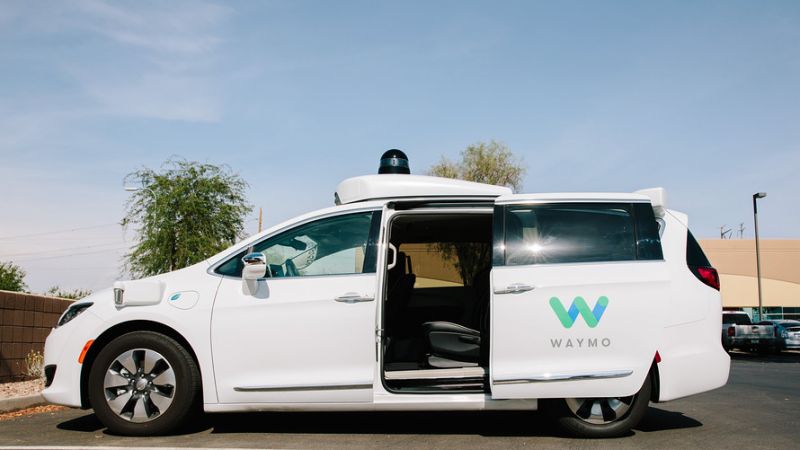
Waymo Receives Permit to Participate in California’s Autonomous Vehicle Pilot
-


How Do Autonomous Cars Deal with Double-parked Vehicles?
-

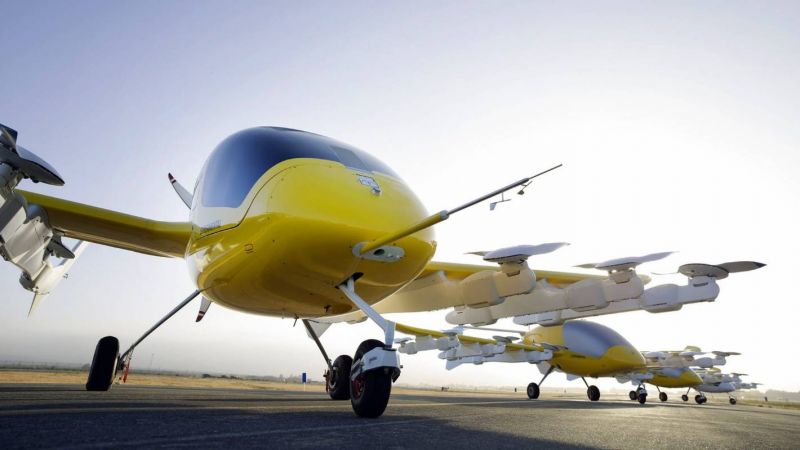
Kitty Hawk and Boeing Form Partnership to Make Flying Cars Safer
-


Waymo to Bring Driverless Cars to France and Japan via Nissan-Renault Partnership
-


Porsche Forecasts EVs Going Mainstream
-


Zomato Tests Drones for Food Deliveries in India
-

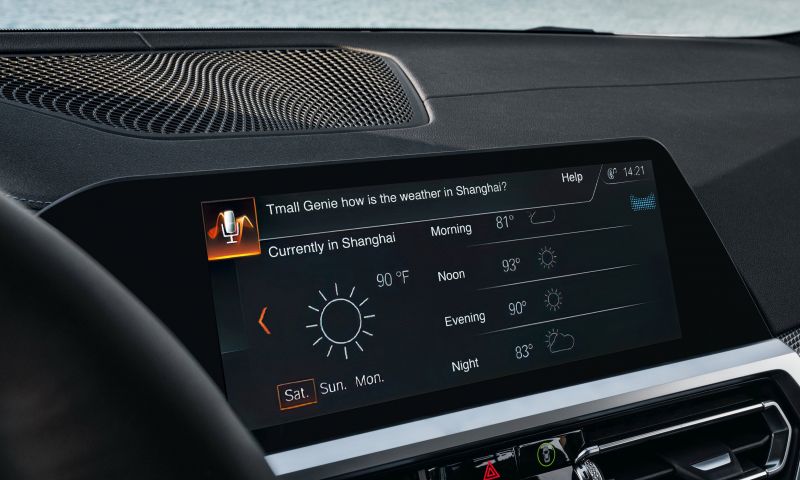
Alibaba Brings Tmall Genie to Audi, Honda and Renault Vehicles
-

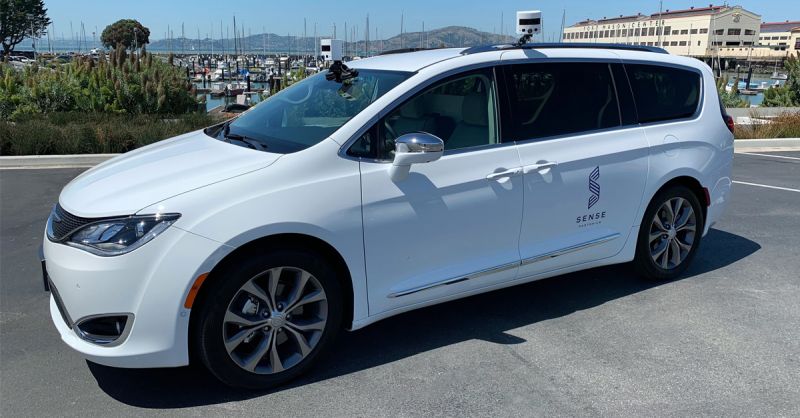
Driverless Sensor Startup Sense Photonics Raises $26 Million in Series A Funding
- Siemens Invests $25 Million in Wireless Charging Company WiTricity to Develop Interoperable Standards for Cable-free EV Charging
- Consumer Reports Survey Finds Roughly 28% of Respondents Don't Want to Buy an EV
- The World’s Biggest Battery Producer CATL Signs MoU with EV Startup VinFast to Develop a ‘Skateboard’ Electric Vehicle Platform
- Qualcomm Technologies and Renault Group to Jointly Develop a Centralized, Software-Defined Vehicle Architecture for the Automaker’s Future Electric Models
- Prices For Used EVs Continue to Rise as Gas Cars Drop
- Toyota to Collaborate With Texas-based Utility Provider Oncor to Accelerate a Vehicle-to-Grid EV Charging Ecosystem
- Michigan-based May Mobility Closes on $111 Million Funding Round, Begins Development on Toyota’s Next-Gen Commercial Autonomous Vehicle Platform
- Uber and its Technology Partner Aurora to Expand Autonomous Trucking Pilot in Texas
- Tesla’s Battery Supplier Panasonic is Close to Selecting the Site of its New U.S. Battery Plant
- Volvo’s Electric Vehicle Brand Polestar Reports $1 Billion in Revenue in the First Half of 2022, Adds 6 New Global Markets











 About Us
About Us Contact Us
Contact Us Careers
Careers